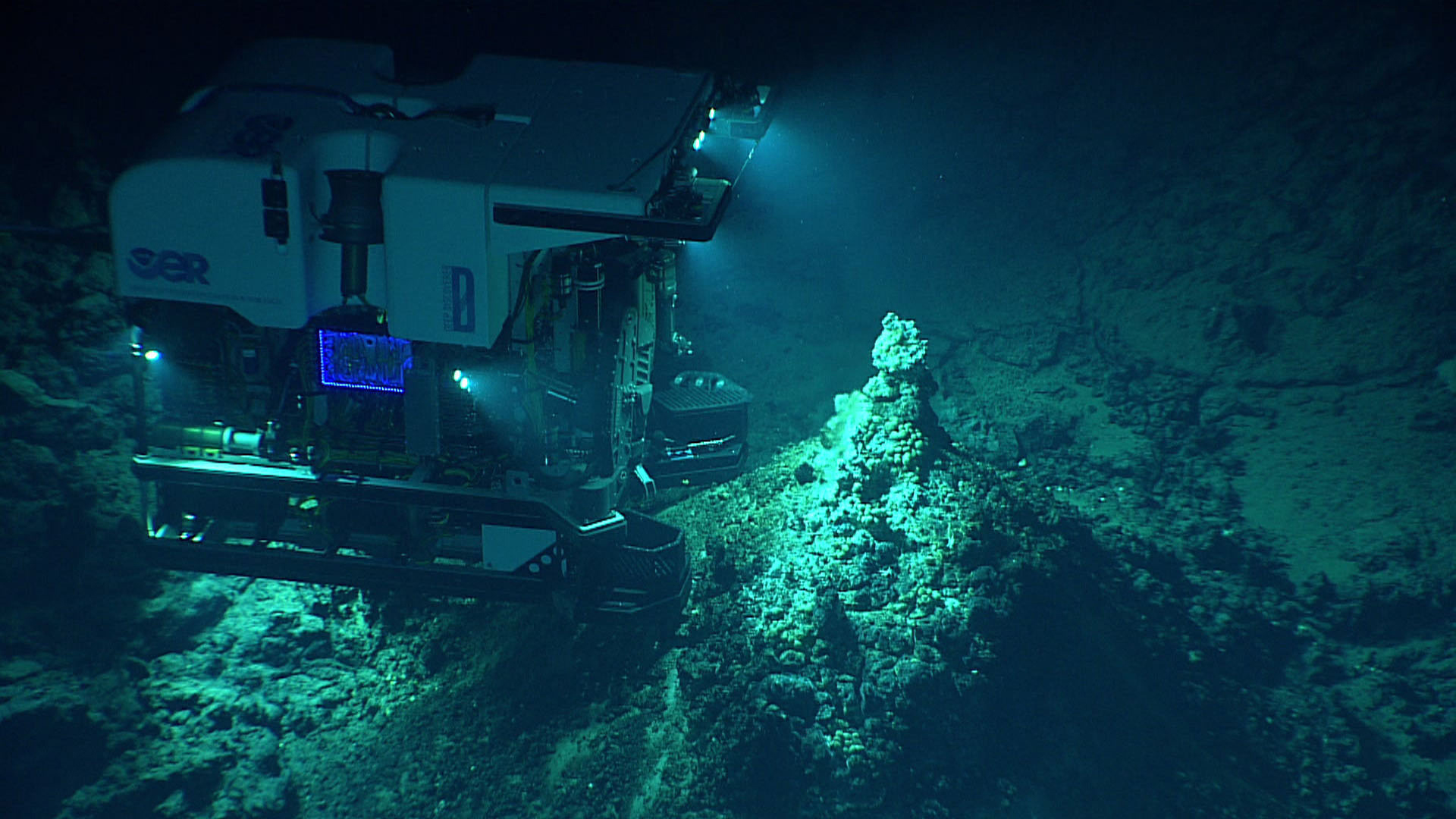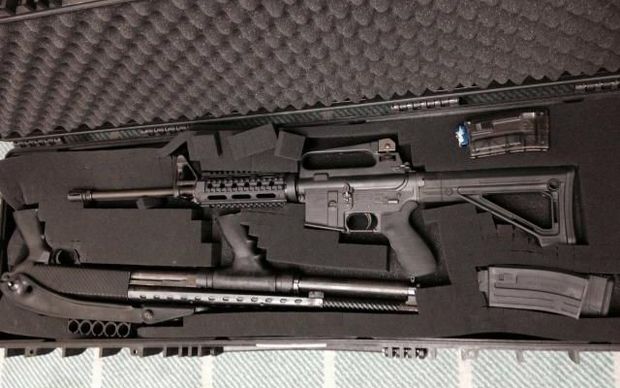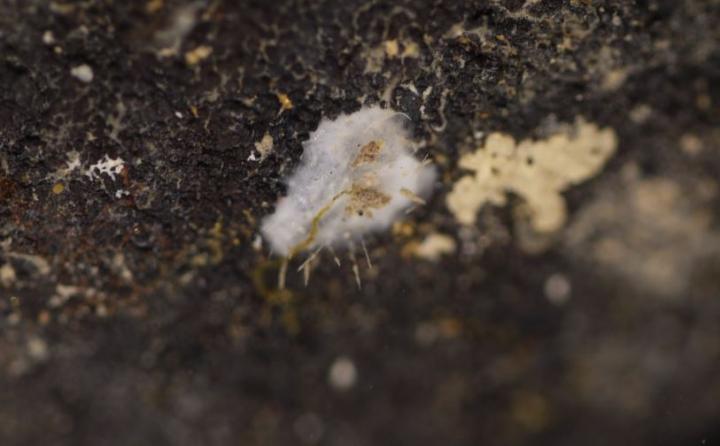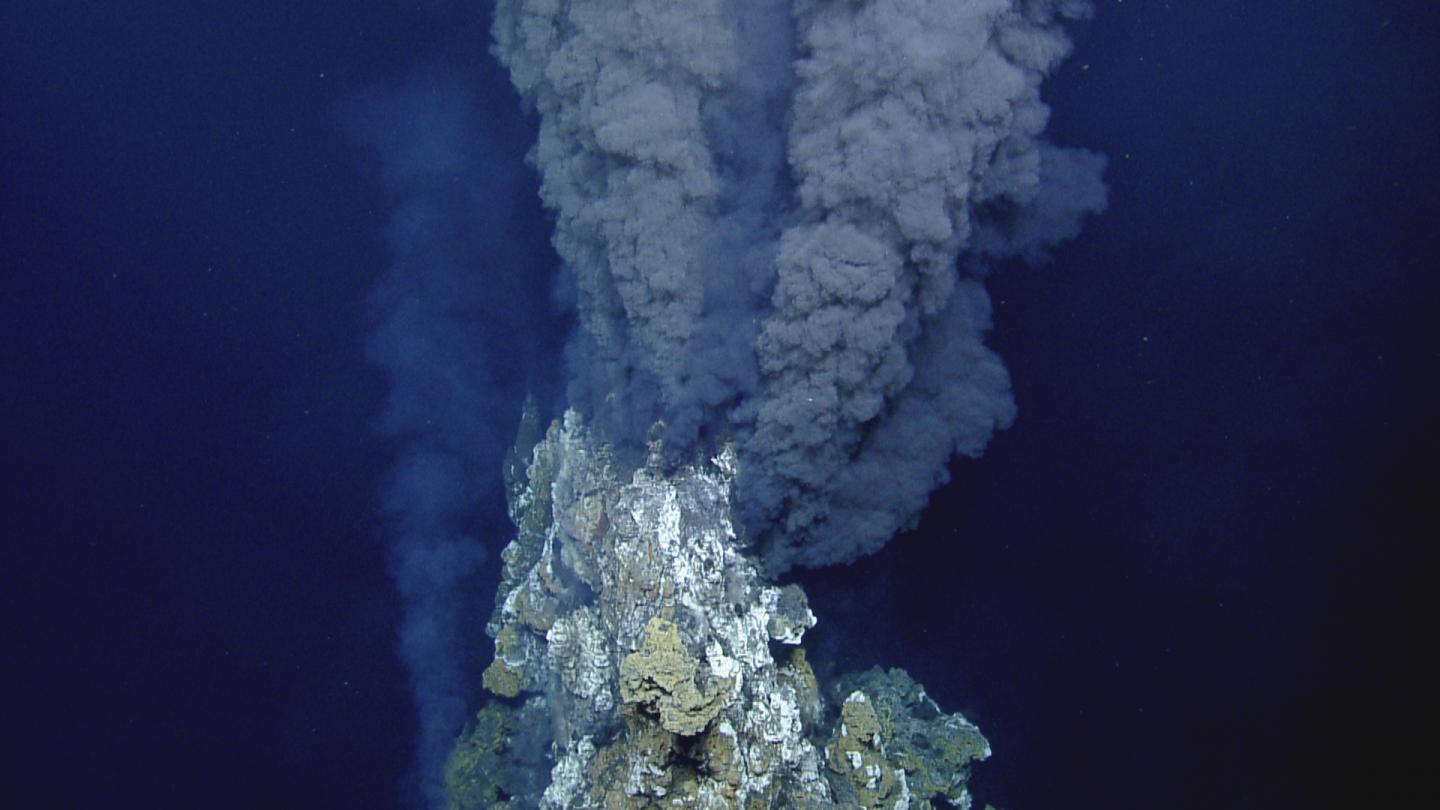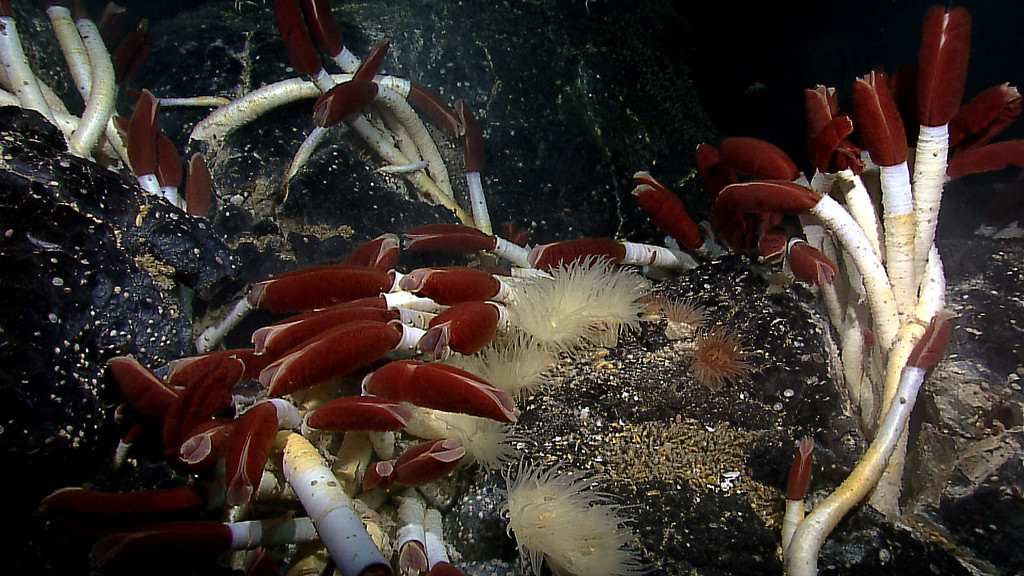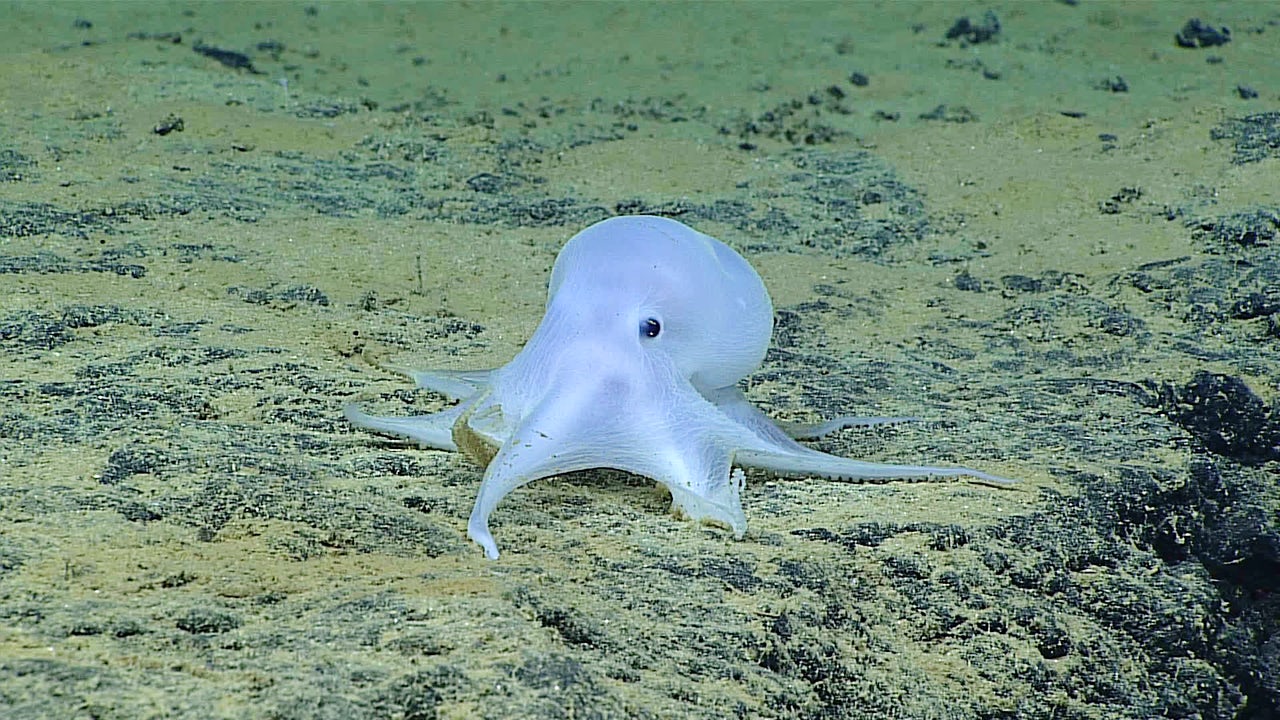From February to April 2017, NOAA and partners will conduct two telepresence-enabled ocean exploration cruises on NOAA Ship Okeanos Explorer to collect critical baseline information of unknown and poorly known deepwater areas in American Samoa, Samoa, and the Cook Islands, with an emphasis on the Rose Atoll Marine National Monument (RAMNM) and the National Marine Sanctuary of American Samoa (NMSAS).
This expedition is part of a three-year Campaign to Address the Pacific monument Science, Technology, and Ocean NEeds (CAPSTONE), a foundational science initiative to support science and management decisions within and around U.S. marine protected areas in the central and western Pacific. The campaign also serves as an opportunity for NOAA and the nation to highlight the uniqueness and importance of these national symbols of ocean conservation.
Despite the role that the ocean plays in supporting our well-being, 95 percent of the world’s ocean remains unexplored using advanced technologies. Increasing baseline knowledge of ocean habitats is critical to the conservation and preservation of these remarkable ecosystems. Exploratory missions, such as those conducted via Okeanos Explorer, are necessary to expand our knowledge of the unknown and to provide baseline data for resource managers.
Very little is known about deep-sea habitats, including deep-sea coral and sponge communities, in American Samoa. Data and information from our expedition will fill gaps in knowledge about the deep-sea habitats in the region and improve our overall understanding of the deep-sea biogeography of the Central Pacific. American Samoa lies at the boundary between major biogeographic provinces and thus is a key area to understand the biodiversity transitions that occur in the deep Pacific Ocean. Furthermore, the Samoan Passage north of the American Samoan islands is a major circulation gateway for deep water flowing from the southern Pacific into the Northern Pacific, thus representing a potential longitudinal barrier for larval dispersal, while also potentially serving as a ‘funnel’ for latitudinal connectivity.
Much also remains to be learned about the geology around the Samoan region. Like the Hawaiian chains, the Samoa islands and seamounts form an age-progressive volcanic hotspot: the volcanoes on the eastern portion of the Samoan hotspot are young, and the volcanoes in the west are progressively older. However, it is still not understood how a Samoan volcano evolves over time, or even how long it takes for a Samoan volcano to pass through its lifecycle. In order to better understand the evolution of a Samoan volcano, this expedition will sample various volcanoes at different stages in their development, including the young active volcano, Vailulu’u, and the older Samoan volcanic feature that defines the island of Tutuila. But there may be some surprises along the way: the sampling campaign may reveal that some of the volcanoes that populate the Samoan region do not trace their heritage to the Samoan hotspot, but may instead relate to older hotspots that contributed volcanism to the Samoan region tens of millions of years ago.
Baseline data from this expedition will help improve our understanding of the geologic history and deep-sea habitats of American Samoa, the connection between deepwater and shallow water ecosystems, the connection between communities at different seamounts, and the potential geohazards such as undersea landslides. Data will also provide critical information for the development of management plans for marine protected areas; support local scientists and managers seeking to understand and manage fisheries resources; and provide a foundation of information to stimulate follow-on exploration, research, and management activities.

